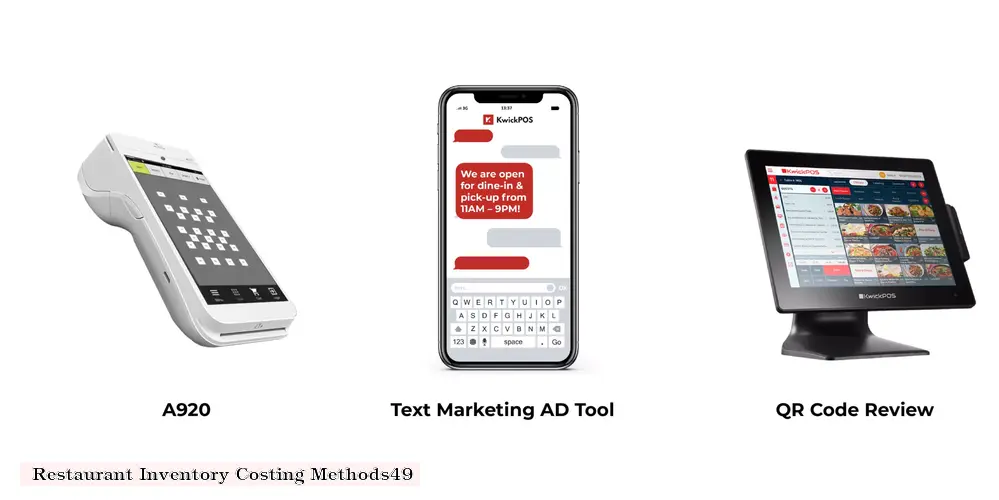

Inventory costing methods are essential for restaurants to accurately track the cost of goods sold (COGS) and determine profitability. The choice of method depends on factors such as the size and complexity of the restaurant, the type of inventory items, and the desired level of accuracy.
1. First-In, First-Out (FIFO)
2. Last-In, First-Out (LIFO)
3. Weighted Average
4. Specific Identification
5. Lower of Cost or Market (LCM)
Factors to Consider When Choosing a Method:
Best Practices for Restaurant Inventory Management:
By carefully selecting and implementing an appropriate inventory costing method, restaurants can improve their cost control, optimize profitability, and ensure accurate financial reporting.
DISCLAIMER: This information is provided for general informational purposes only, and publication does not constitute an endorsement. Kwick365 does not warrant the accuracy or completeness of any information, text, graphics, links, or other items contained within this content. Kwick365 does not guarantee you will achieve any specific results if you follow any advice herein. It may be advisable for you to consult with a professional such as a lawyer, accountant, or business advisor for advice specific to your situation.

today
Copyright © 2025 Kwick365.com
Designed by KwickPOS is the best restaurant POS